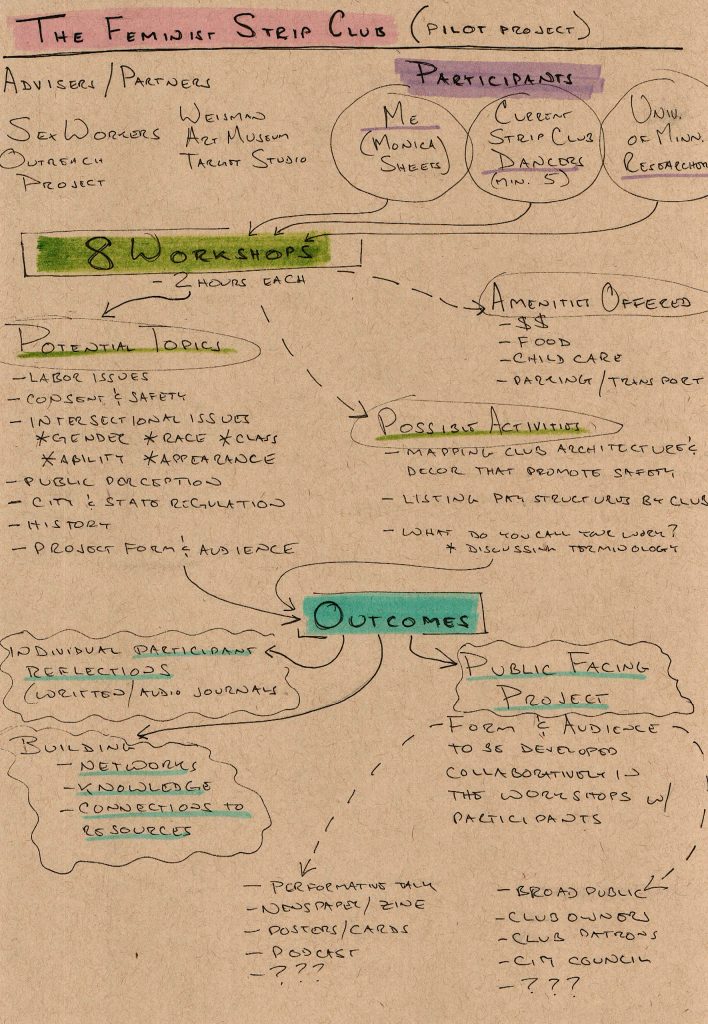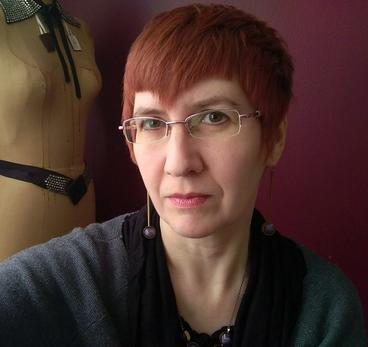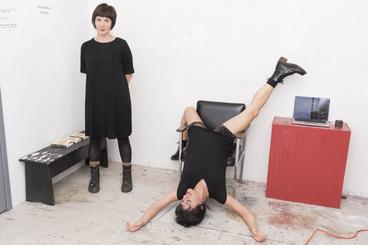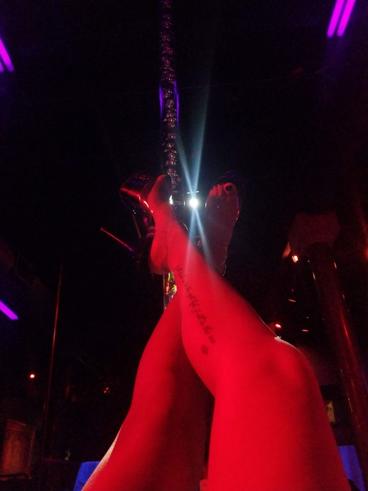When I am initiating participatory projects, I am engaged, of course, with the questions and issues specific to the context—in this case, the labor issues within and feminist potential of erotic dancing. But I am also thinking about overarching issues of participation and organizing.
In my artist statement, I say that I am interested in creating spaces for people who don’t necessarily consider themselves activists, but want to be engaged with the political issues that affect their lives. This describes me—I am trying to make work that would engage someone like me. I don’t come from an organizing or activist background. Many of my past experiences with groups have been negative, and I have often rejected leadership roles because of my ambivalence about the very concepts of “leading” and “following.”
Yet I work in a field that despite its “social turn” still very much revolves around the idea of the individual genius. And I can’t deny that in initiating a project that I am assuming a leadership position, despite my desire for participants to feel that we each have an equal say in the direction of the work.
I feel this contradiction most keenly when it comes to documenting and presenting this work. Balancing acknowledgement of others’ contributions with my own desire for recognition is not an easy task, given the ways visual artists find funding and the existing platforms for presenting work. And I do want to have my work recognized within the art world. It is—perhaps paradoxically—one of the few places that still has room for the ambiguity and ambivalence that I think are necessary to the work I do.
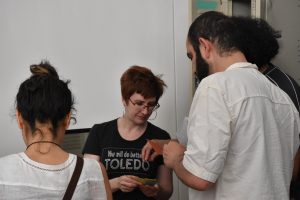
For The Feminist Strip Club, we have been documenting our meetings by taking notes that are similar to the minutes you might have from a board meeting. On one level, I like the quasi-impersonal aspect of meeting minutes, and the way their dryness counteracts the normally salacious attitude toward erotic dancing. On another level, it’s a quite practical format for recording multiple voices and for detailing the practical information discussed for participants who might be absent.
I had originally planned to post these minutes weekly on the Weisman Art Museum’s blog, along with a short personal reflection. This is a documentation technique I used with my master’s thesis project, and I at least find it useful for reviewing that work 10 years later. But once this group started meeting and the minutes were available, the WAM blog seemed like exactly the wrong place for these documents. Despite or perhaps because of the “impersonal” nature of meeting minutes, it felt like too much vulnerability and not enough context.
So as a replacement, the coming posts will be a series of prepared reflections from participants, including myself. Though less spontaneous in what they reveal, I think they will still give insight to our process, and what is important to participants in the group. The meeting minutes will become public at a later date, through a platform that’s appropriate to their unpolished nature.
MONICA SHEETS, Target Studio Artist-in-Residence
Read Sheets' prior blog post laying out the framework of The Feminist Strip Club, and check out her Incubator Project page here.
Additional support for The Feminist Strip Club is provided by Stardust and the Puffin Foundation Ltd.
